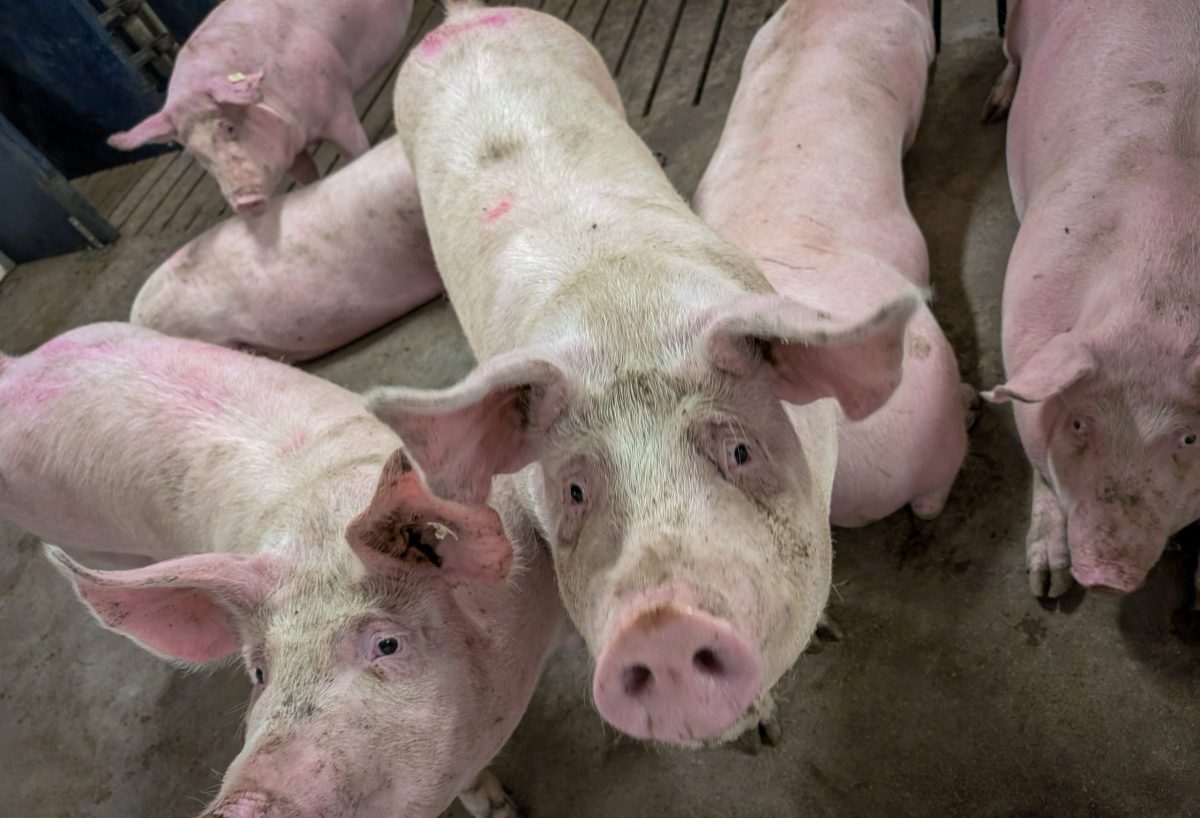The initial harvests of winter barley and winter wheat have begun across southern Russia and Ukraine and are close to two weeks ahead of normal, encouraged by recent hot and dry weather.
Multiple agencies anticipate exports from both countries to rebound following last year’s drought.
In Ukraine, barley production is forecast to remain similar to last year — around seven million tonnes, according to Ukraine’s Agriculture Minister Mykola Prysyazhnyuk. The U.S. Department of Agriculture has the same expectations for barley production in the country.
Read Also

U.S. livestock: Hog futures sink, cattle mixed
Chicago hog futures fell on Tuesday while cattle futures ended the day mixed. Most-active February live cattle contracts closed at…
USDA projected total Ukraine wheat production at 19.5 million tonnes. Tetiana Adamenko, head of the agrometeorological department at the Ukrainian Weather Centre, estimated wheat production at 20 million tonnes. Ukraine’s wheat production in 2012 had dropped to 15.8 million tonnes.
Winter cereal acreage in the country has faced significant competition from surging corn and soybean acres.
USDA’s forecast was for Ukrainian barley exports to drop 200,000 tonnes from 2012, to two million tonnes. It predicted wheat exports to increase one million tonnes from 2012 levels reaching a five-year high of eight million tonnes.
Production and exports were even more severely curtailed in Russia last year. In 2012 wheat production was 30 per cent of the previous five-year average, while barley dropped 15 per cent. Exports of all crops dropped in 2012 as Russia responded to the disappointing harvest.
USDA estimates exports of Russian barley to increase to 3.8 million tonnes, and wheat exports to increase nearly seven million tonnes, reaching 17 million tonnes. The rise in exports occurs while Russia simultaneously aims to replenish dwindled stocks with purchases of up to five million tonnes.
The southern harvest is strategically important, as the majority of the region’s grain production is exported, since it’s located close to Black Sea ports and far from most domestic mills.
Although volume is anticipated to increase, quality will return to more normal lower levels. Last year’s drought boosted protein content and grade in wheat, increasing the proportion of milling wheat. Feed wheat is anticipated to increase to about 50 per cent, Adamenko said.
Price indexes across the former Soviet republics dropped in response to the harvest forecast. The values for feed-quality winter cereals will be further impacted by the potential for record corn output from the region.
Corn area has continued its yearly increase in both countries. Corn production may jump by close to 5 million tonnes in Ukraine and 1.5 million tonnes in Russia.
Exports of corn may exceed 16 million tonnes, according to the latest USDA report. If this is achieved, Ukraine will be the fourth largest corn exporter in the world following the United States, Brazil and Argentina.
— Stuart McMillan writes from Winnipeg on weather and agronomic issues affecting Prairie farmers.














